 Nick Pinkerton
Nick Pinkerton
Louisiana love story: thought lost, Horace B. Jenkins’s film is
found and restored.
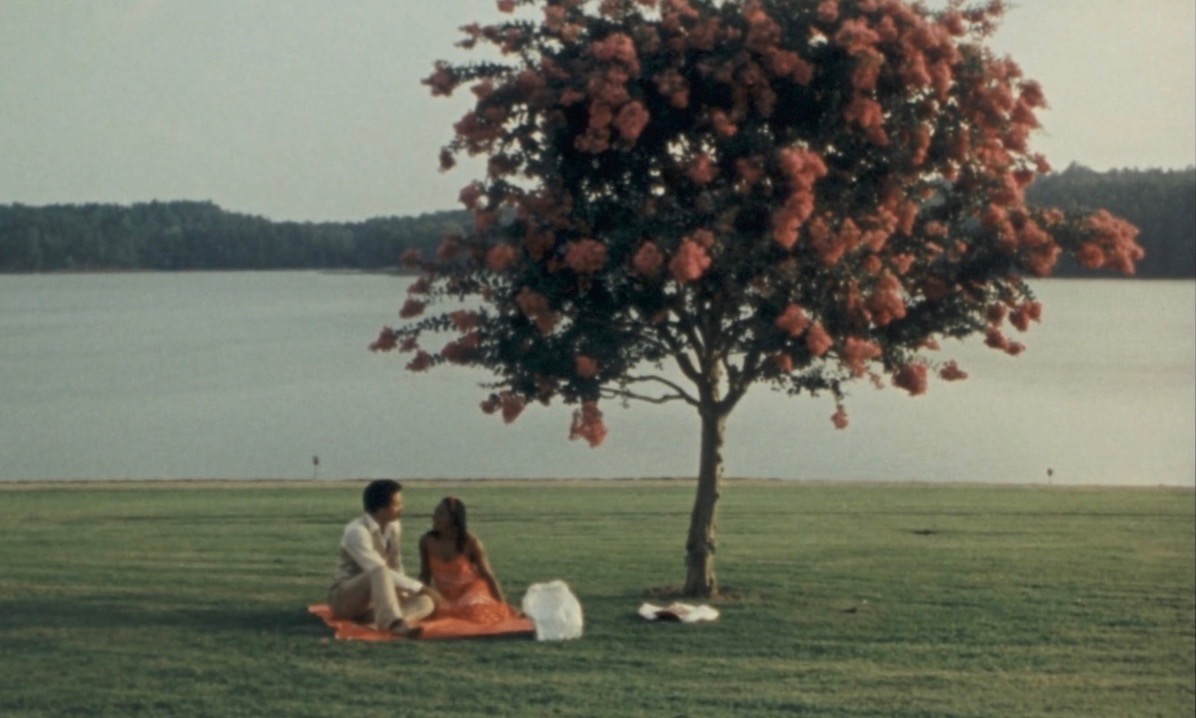
Richard Romain as Peter Metoyer and Tommye Myrick as Maria Mathis in Cane River. Image courtesy Oscilloscope Laboratories.
Cane River, written and directed by Horace B. Jenkins, Brooklyn Academy of Music, 30 Lafayette Avenue, Brooklyn, February 7–20, 2020
• • •
Shot almost entirely in Louisiana’s Natchitoches Parish, with a brief detour into New Orleans, Horace B. Jenkins’s rediscovered Cane River exemplifies the tradition of regionalist American independent filmmaking in exploring those innumerable facets, invisible from a distance, that make most attributions of regional characteristics simplistically broad-brush. What Jenkins is after in his 1982 film is a more granular, micro regionalism, one that’s measured in acres, surnames, and property lines.

Richard Romain as Peter Metoyer in Cane River. Image courtesy Oscilloscope Laboratories.
The film is about two communities, two Black families—I won’t say “representative” Black families, because Jenkins is interested in flesh-and-blood individuals rather than types—and a man and a woman belonging to each. It begins with Peter, played by the rangy, good-humored Richard Romain, returning to his hometown of Cane River. He was a college sports standout, drafted by the New York Jets, but he’s instead come home with the intention of being a farmer and a poet; he’s seen jotting in his journal after galloping on a palomino through amber fields, a country squire at ease. The inspirations for his verse are what he calls “the modern poets”—Gil Scott-Heron and Earth, Wind & Fire—and the only one of his prose poems that we hear provides the lyrics to one of the R & B tracks that overlay several passages of the movie, performed by New Orleans vocalist Phillip Manuel.
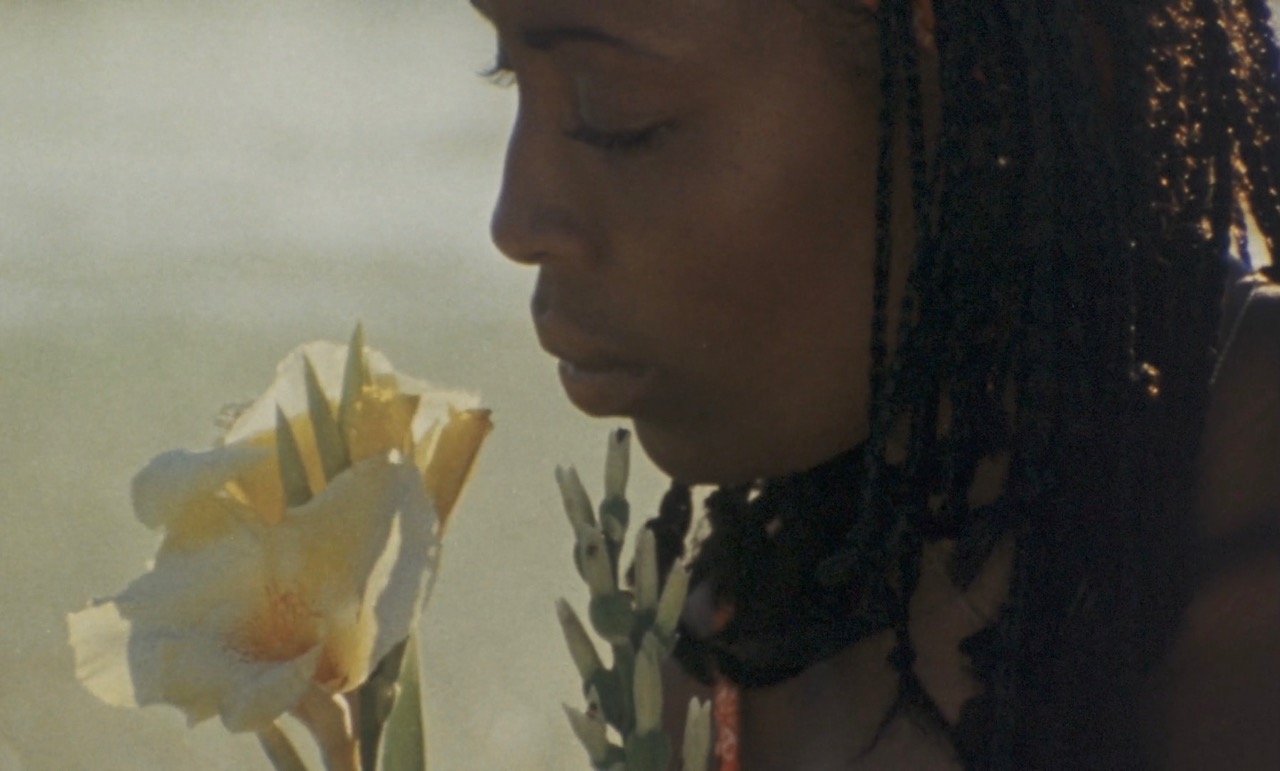
Tommye Myrick as Maria Mathis in Cane River. Image courtesy Oscilloscope Laboratories.
Peter discusses his aspirations with Maria Mathis (Tommye Myrick), who he meets cute while strolling the grounds of the local tourist attraction, the Melrose plantation, where she works as a tour guide. Melrose is a very real place, noteworthy among plantation houses because its original mistress was a freed African slave, Marie Thérèse Coincoin, who married a Frenchman named Metoyer and ran the plantation with him. (The story of the Metoyers is a matter of historical record and the subject of a 2001 bestseller by Lalita Tademy.)
Peter and Maria hit it off straightaway, but they have a problem: Peter is a Metoyer, one of the light-skinned Creole descendants of Marie Thérèse, and Maria is dark-skinned, her family, which includes a disapproving mother and brother, descendants of the Melrose slaves. This introduces a tension to their natural rapport; Romain and Myrick have a looseness and an unhurried, mutually amused chemistry that mostly compensates for the film’s sometimes stiff blocking. A visibly threadbare production, Cane River depends on long single-shot takes, and slipshod cuts closely coexist with moments of real ambling lyricism.
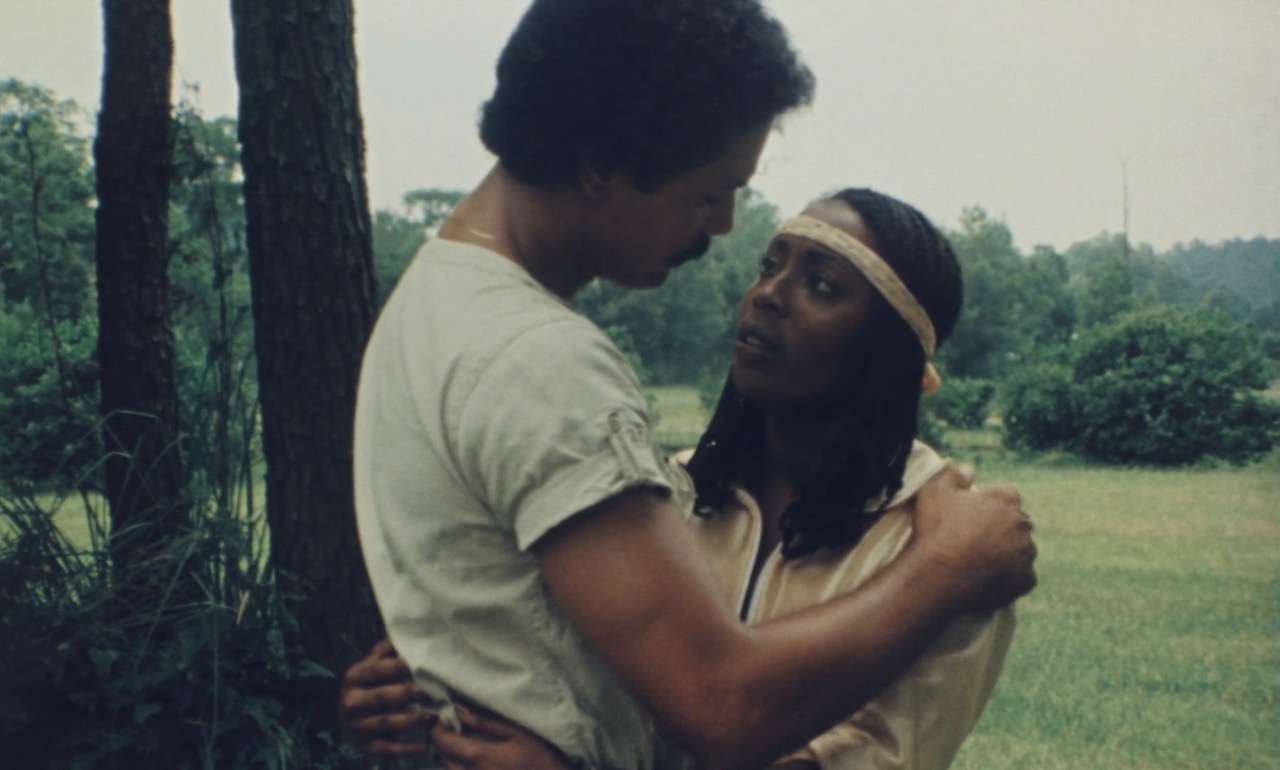
Richard Romain as Peter Metoyer and Tommye Myrick as Maria Mathis in Cane River. Image courtesy Oscilloscope Laboratories.
Jenkins appears to have been able to see his film to completion, but not much further. He died on December 3, 1982, in St. Luke’s Hospital in Manhattan, his home, two days after being admitted following a heart attack. The New York premiere of Cane River, the Philadelphia native’s first feature, had been scheduled for the approaching February, per a brief New York Times obituary, which also sums up the cosmopolite, Sorbonne Film Institute–educated Jenkins’s achievements as a TV producer, including a 1978 Oscar Micheaux Award for his 1978 public-television documentary Sudan Pyramids: A Zandi’s Dream. Without its author around to advocate for his film, Cane River dried up, thought lost until its original picture and sound elements were discovered at the DuArt lab in 2013, and since restored.
What has been unearthed is a film filled with the pleasures of “specificity,” to borrow from Manny Farber on Éric Rohmer’s My Night at Maud’s (1969). Rohmer, wrote Farber, was exploring “a whole stratum of European culture that’s totally ignored in films: the intellectual Catholic living in the provinces.” Jenkins is every bit as scrupulous in detailing two ignored worlds of his own, worlds cautiously orbiting each another. That of the Creole Metoyers in Cane River is rooted in the Catholic St. Augustine Parish; that of the Mathises, in the Natchitoches First Baptist church; as part of their courtship, Peter and Maria attend services together in both houses of worship. Cane River is attentive not only to the beauty of bayou sunsets, but also to the homely details of domestic interiors—the genteel touches in the lampshade and wallpaper in the Metoyer parlor, the linoleum counter in the Mathis kitchen—to idiomatic language (the Louisianan “I was looking for you to make groceries”) and to all the little rituals of small-town courtesy and the way old-fashioned Maria recoils at Peter’s saying “damn,” one of those bad habits he picked up in the big city, along with his New York fast-walking.
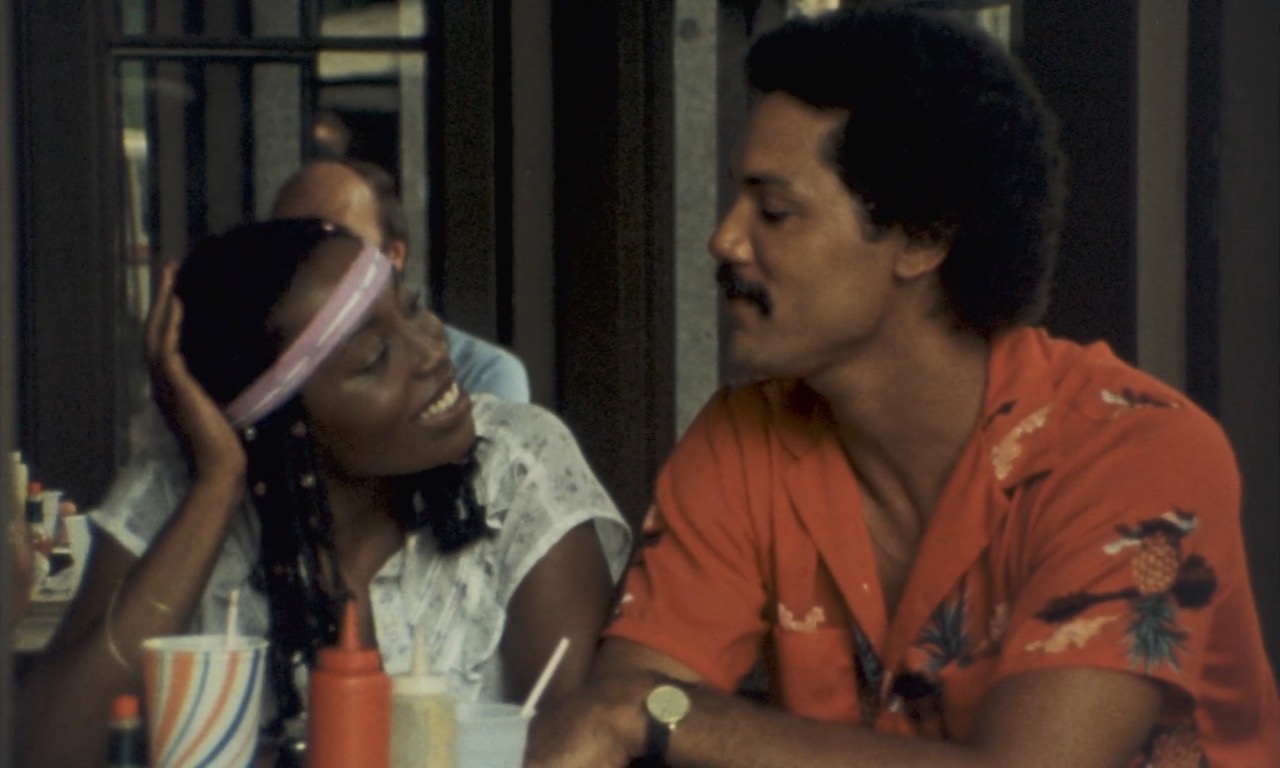
Tommye Myrick as Maria Mathis and Richard Romain as Peter Metoyer in Cane River. Image courtesy Oscilloscope Laboratories.
Jenkins draws out the differences that can exist within a small community and the degree to which the significance of these contrasts is magnified by proximity and parochialism. It’s Freud’s narcissism of small differences, but Jenkins doesn’t belittle these distinctions as “small,” understanding that the animosities between the Creole and Black communities are more than lingering superstitions, and that things that “happened two hundred years ago” have real repercussions in the present day.
These matters are addressed most eloquently in things unspoken, suggesting the subtle gradations of class difference. Maria is preparing to go to college at Xavier in New Orleans, while Peter, having satisfied his wanderlust, wants to keep her near home—but this is an issue only because Maria is leaving for university some five years after high school, her family having had to scrimp and save to get her there. Maria’s brother, referred to only as “Brother” (Ilunga Adell), operates as a kind of distorted mirror image of Peter: he’s also an ex-football star, but went nowhere with his talent, and would certainly treasure the career Peter has turned down. He’s central to two of the film’s best moments. The first is an extended digression that follows him to work at an egg hatchery, then out to the bar, then home to pass out—that the cycle will repeat tomorrow is implicit. The second is an argument between Maria and her mother, during which he’s perched at the edge of the frame, ignored as he struggles to get a word in, an afterthought in his home, a might-have-been without a clear future. (Peter has a sibling, a sister who lazes around the house, but no one seems to consider her a disappointment for this.)
Peter enjoys the security of being a landowner, though part of his property is mired in a legal dispute. Ownership rights, past and present, hang over much of the film, and even Peter’s description of being sized up for football recruitment is redolent of the auction block: “These dudes, they’d come into the locker room and take my measurements like I was some kind of specimen.”
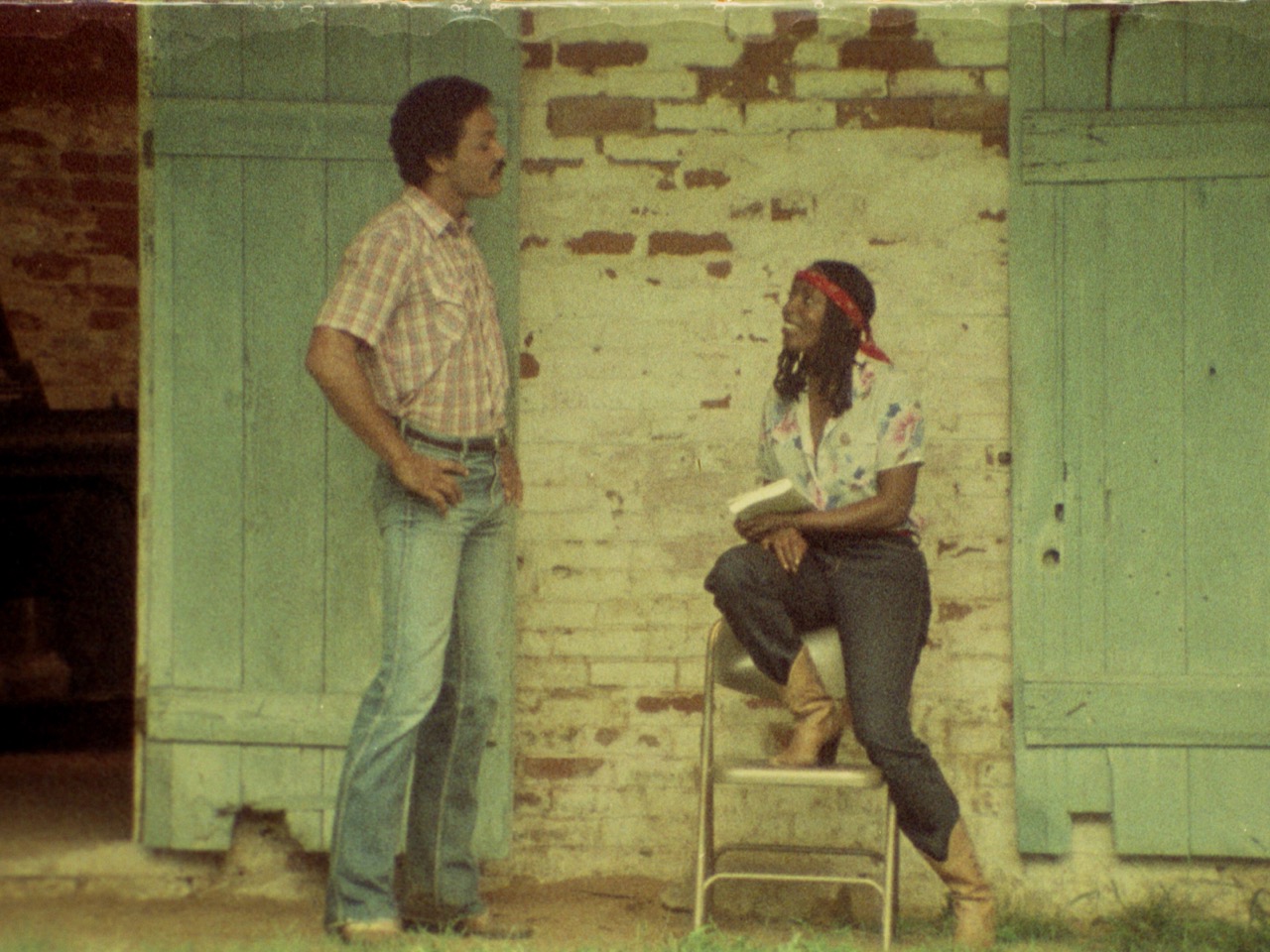
Richard Romain as Peter Metoyer and Tommye Myrick as Maria Mathis in Cane River. Image courtesy Oscilloscope Laboratories.
The lyrics of Manuel’s opening theme frame Peter’s prodigal return from that world as a rusticating renewal, a return to “a life of simplicity”—but there’s no simplicity in Cane River, the movie or the place. As in one of Rohmer’s “Moral Tales,” an emotional and sexual connection must survive moral and intellectual scrutiny. The attraction between Peter and Maria is as much cerebral as physical, and to move forward, they have to understand their present in light of their shared past. Cane River ends on a note of exuberant hope and of delayed gratification, as Maria sets out on her own encounter with city life, an experience that Peter is turning his back on as the film begins. It could all be so simple, yes—but what Cane River shows, in its careful attention to specifics, is that only by passing through a dense bramble of complications, complexities, and contradictions can simplicity be savored.
Nick Pinkerton is a Cincinnati-born, Brooklyn-based writer. His writing appears regularly in Artforum, Film Comment, Sight & Sound, frieze, Reverse Shot, and sundry other publications, and in areas of interest, he covers the waterfront.